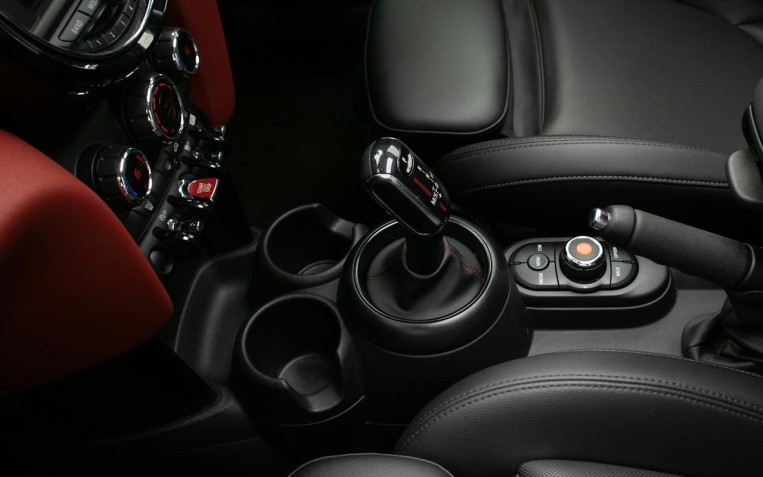What makes a vehicle roadworthy?

When you think of ‘roadworthiness’, motoring components may come to mind such as legal tyre tread, ensuring your lights are working correctly, your brakes are safe and efficient, and that your engine is in tip-top shape. But what exactly is roadworthiness, and how is your vehicle checked for it?
Roadworthy definition
So, what is ‘roadworthy’? This refers to when your vehicle is deemed as appropriate and safe to be used on the roads. This is typically determined during a vehicle’s annual MOT test – but ensuring specific performance attributes and safety guidelines are followed can also be conducted during a car service.
By ensuring your vehicle has regular MOT tests and vehicle services, you can make sure your car is as roadworthy as possible – both from a legal standpoint, and from a safety perspective.
What makes a car roadworthy?
By having an MOT test, this will determine your vehicle’s roadworthiness – as this test assesses a number of components to ensure they are working correctly. Some of the checks included in an MOT test include:
- Lights (including hazard, fog, front and rear lights)
- Tyres
- Indicators
- Car batteries
- Windshield wipers and wiper fluid
- Engine oil level
- Brakes and brake fluid
Want to know more about what’s included in our MOT? Familiarise yourself with our MOT test options online today.
Although an MOT test will determine your roadworthiness (certifying it with either a Pass or Fail), this test cannot act as an anticipatory measure for the future roadworthiness of your vehicle. For example, 6 months after your MOT test, your vehicle could experience motoring issues which make the vehicle unroadworthy – so it’s vital to keep an eye on your vehicle’s maintenance in the interim of your MOT tests. This can be done through regular vehicle servicing.
Make sure your vehicle is roadworthy with PTA Garages
However, its important to note that there is a degree of driver responsibility when it comes to determining that your vehicle is roadworthy. GOV.UK have listed an official checklist that you can follow detailing how, as a driver, you can ensure roadworthiness. This includes:
- Wheel fixings
- Tyres
- Bodywork
- Load and other equipment
- Trailer coupling
- Lights
Book in for your next MOT test at your local branch today. Alternatively, keep on top of your vehicle’s maintenance with our helpful servicing options to choose from.
Related Content

Should I have soft or stiff suspension springs for my vehicle?
Suspension springs are essential for maintaining your vehicle’s stability and ride height. Over time, the springs will succumb to wear and tear, which affects how your car handles, brakes and accelerates on the road. Discover whether you should...

What is engine braking?
Engine braking involves taking your foot off the accelerator pedal, allowing your car to slow down. Over time, the parts on your vehicle’s braki...

A guide to the different types of car clutches
The clutch is responsible for channelling the power from the engine, through to the gearbox, and the wheels. Your vehicle's clutch will differ dependi...

